Lego photosynthesis
6CO2 + 6H20 = C6H12O6 + 6O2
Hands on learning doesn't always have to mean getting your hands truly dirty. There is no easy way to put your hands on Photosynthesis. Our current science unit is about plant cells and their functions, and without a high tech lab, anything beyond viewing onion skin in a child's microscope is out of our league, but that doesn't mean we have to give up our usual hands-on approach, it just means we have to be a a little more creative in our lessons, or a little more loose in our definition of hands on.
Earlier in the week we took cuttings from plants around the yard and looked at their apical leaves through hand-held magnifiers to get a good feel for how they really grow. To cement that understanding we drew comics illustrating the process, and continued to watch our basil plants grow in the hot weather all week long. But photosynthesis is a bit trickier.
We have been using Building Foundations of Scientific Understanding for about six years now. We started with Volume I in the early years and this past year we finished Volume II while beginning Volume III. Aside from the fluidity of the books, one of the things I have loved about them without reserve is the focus on physical learning. Nearly every lesson provides a clearly explained project that gives kids a chance to literally feel their way through the topic. And I'm not talking about baking soda and vinegar volcanoes. The experiments and demonstrations included by Nebel are entirely topic appropriate and devoid of nonsensical gimmicks.
So while we couldn't actually witness the enzymatic process involved in Photosynthesis, the recommendation was that we use blocks, styrofoam, or any other physical product to symbolize the molecules involved and work the process ourselves as though we were the enzymes. With the caveat that it is clearly simplified, and that more than one enzyme is required in a real plant, we still got a good feel for how the greenery in our lives is constantly at work breaking down CO2 and providing us with O2. It's a little physical, a little mathematical, a lot scientific, and entirely, educationally, fun.
 homeschooling,
homeschooling,  science
science 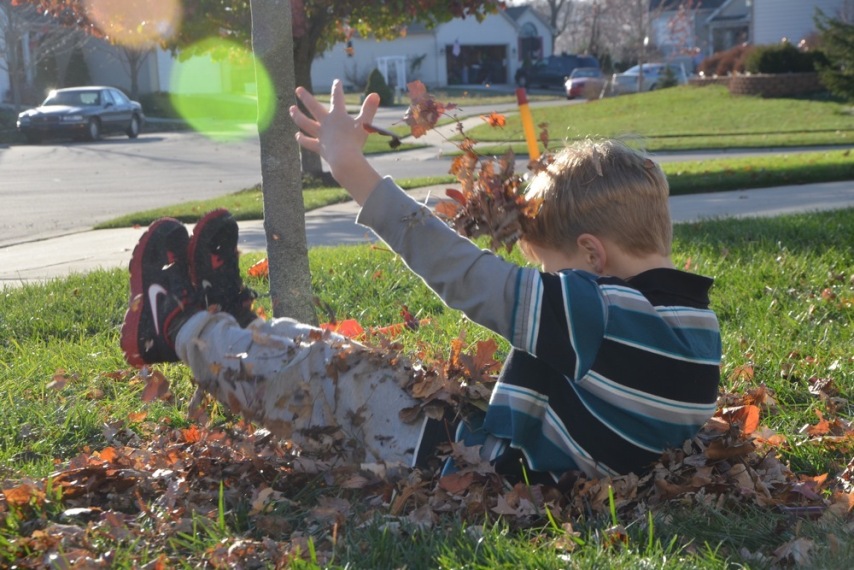

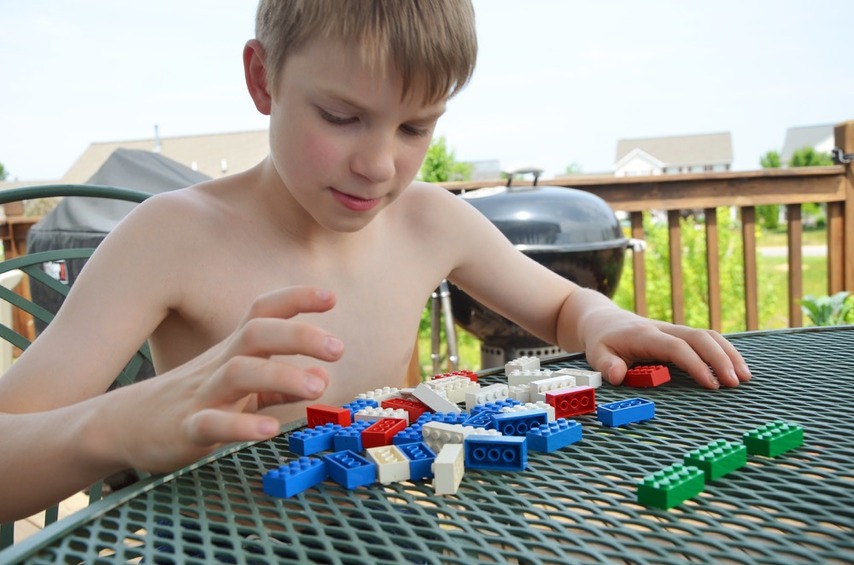
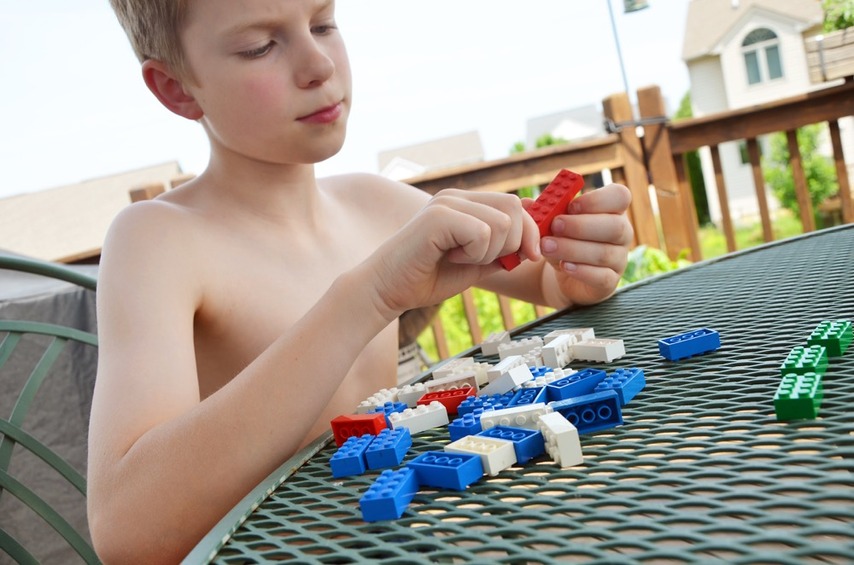
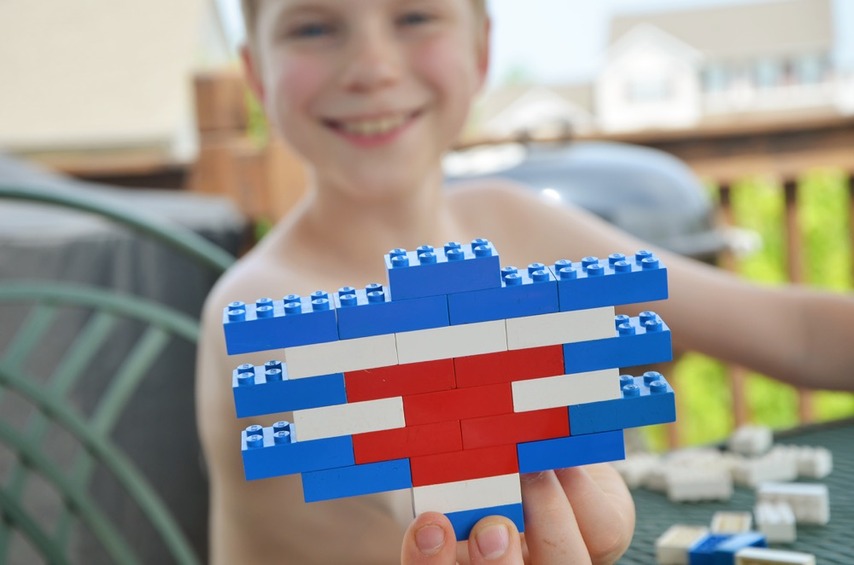
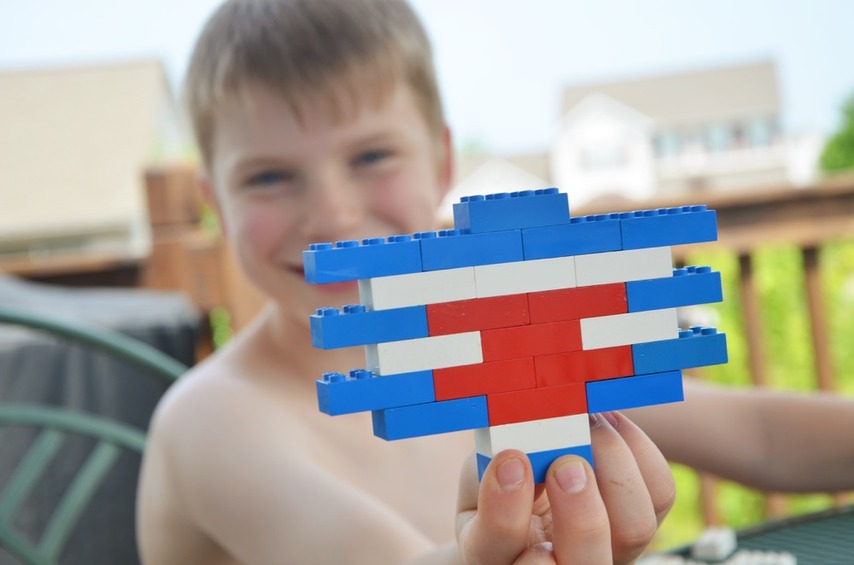
Reader Comments